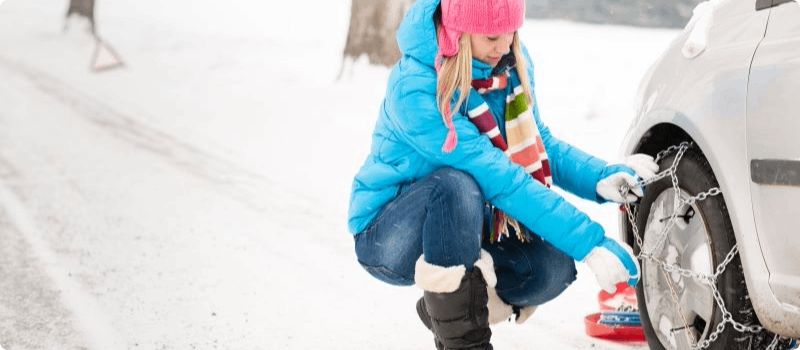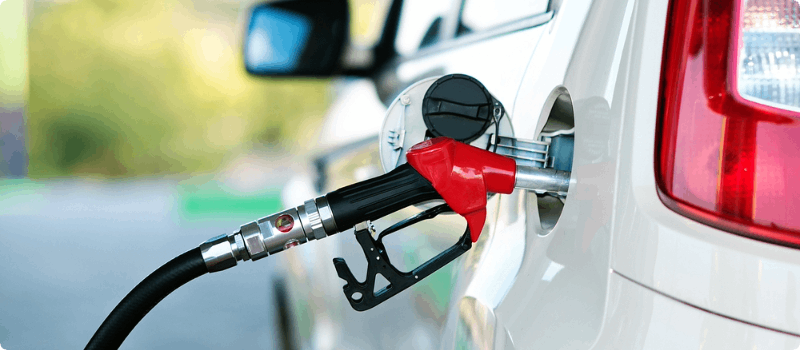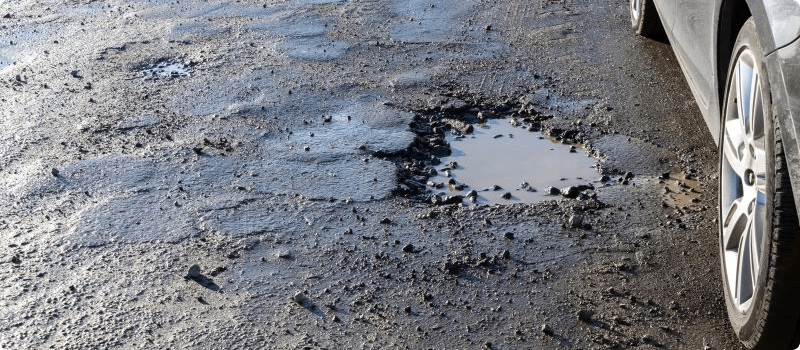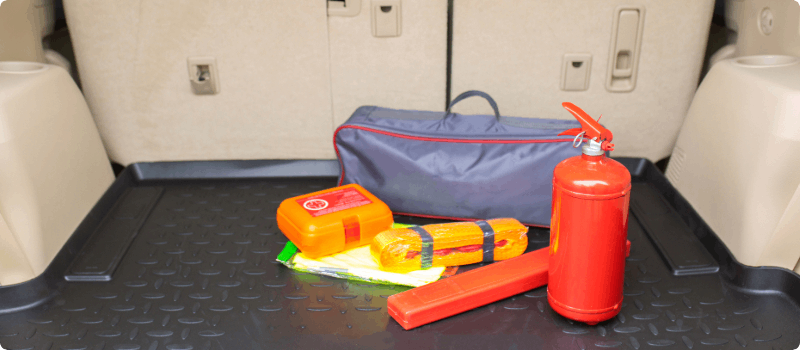Driving Tips for All Seasons
Updated February 3, 2025 . AmFam Team
You’ve experienced it firsthand — when the seasons change, new challenges appear on your daily commute. Whether your drive is marked by intense heat or swirling snow, these changes in the elements call for extra careful driving. No matter if you’re a newbie or a pro behind the wheel, here are some tips for staying safe on the road.

Driving Tips for Warm Weather
When the temperatures skyrocket in the spring and summer, your car, tires and the roads you travel take on different conditions. Here are some tips for keeping yourself safe and your car in good shape during the warmer weather:
Avoid Driving Through Puddles
In some climates, the ground changes temperature so dramatically that potholes resemble sinkholes. Assuming the puddle you’re driving through is just a wet spot on the road, it might leave you with bent rims, a flat tire or damage to your car’s suspension. What’s more, driving through water means wet brakes, which can decrease your stopping power.

Keep Your Eyes out for Pedestrians
The first sign of warm weather brings bikes and foot traffic out in full force. As a driver, it’s your responsibility to see and keep your vehicle away from others using the road — whether they’re on a jog, out for a stroll or commuting on their bike. Be sure to accommodate for sun glare, respect bike lanes and watch for people coming out from between parked cars, too.
Make Sure Your Air Conditioning Works
It’s not just about comfort — it’s about safety. A non-working air conditioner in your car will cause for uncomfortable car rides and heat-related health issues. At the first sign of malfunction, take your vehicle into the shop.

Get a Professional Inspection
Winter can be very hard on your vehicle. So, after the weather turns warm, ask for a general inspection when you take your car in for its next oil change. A professional can help you make sure the incoming heat doesn’t exacerbate any issues that came about when it was cold.
Prevent Your Car from Overheating
Your car runs hot already — so make sure it’s got enough fluid to operate without stalling or damaging the engine. Check your coolant level and make sure it’s at an appropriate level. You should consider having your cooling system flushed, too, as it can and will eventually get dirty and become less efficient at its job.
Check Your Tire Pressure
Your tires’ pressure could change along with the temperature. And with particularly hot weather, your tires can overinflate and become more susceptible to blowouts. Check your tire pressure regularly, but make sure to check them after they’ve had time to rest and cool. Don’t overinflate.

Driving Tips for Cold Weather
Cold temperatures, snow, sleet and ice — winter brings some of the worst weather and impacts both your comfort and your safety on the road. But with the right preparation, it doesn’t have to be dangerous. Check out our tips for staying safe on the road when the cold weather comes.
Give Your Car the Once-Over Twice
Time, weather and hard use can take their toll on your vehicle. Checking your vehicle for damaged or worn parts — especially windshield wipers, headlights and tires — can go a long way in keeping you from getting stranded and making your trips as easy as possible.
Avoid Using Cruise Control When Roads Are Slick
When there’s any condensation on the road, be it melted snow, sleet or ice, you should avoid using cruise control. Use your own feet and pedals to get a feel for the road and adjust your speed accordingly.

Keep Your Gas Tank at Least Half Full
Keeping a good amount of gas in your tank is a great step towards ensuring your safety on the road. It can keep the condensation in your fuel tank from freezing up and causing issues with your tank and fuel pump. Plus, it can help you make sure your car will have plenty of gas if you come across the common highway delays that accompany winter weather.
Overpasses Have Their Own Rules
Overpasses and bridges change temperature faster than surface roads. With the wind on top and nothing underneath, they freeze long before the streets. Avoiding sudden steering, braking or speeding will keep you on course.

Bad Roads Are Bad News
Underdeveloped roads are more dangerous to drive on, even in good weather. Soft shoulders and bumps become dangerous hazards when the seasons introduce wetness and ice. Well-maintained roads can definitely be worth a few extra minutes of travel. And while these roads often don’t have posted speed limits, that isn’t a license to go fast. Take it safe and slow every time.
Check Your Tire Pressure Again
Your tires are affected by the cold, too. Colder temperatures can cause your tire pressure to drop, making them again susceptible to blowouts and reduced fuel efficiency. Keep an eye on your tires for any signs of deflation and monitor your dashboard for a tire pressure warning.

Driving Tips for All Seasons
Whether it’s hot, cold or anywhere in between, here are some tips that can keep you, your passengers and fellow drivers happy and healthy this year:
Drive Defensively
Leave plenty of space between yourself and the driver in front of you, no matter if it’s icy, raining or a bright, sunny day. Give yourself plenty of time to react to a quick brake from the car ahead and leave yourself room to protect your vehicle from others’ poor driving.

Clean Your Headlights
Over time, your headlight covers will probably fog up from dirt, dust and general wear. Keeping them clean will help you see everything in front of your vehicle more clearly.
Avoid Distractions
Any sort of distraction puts everyone in your car at risk — so imagine what it could do when the weather conditions aren’t optimal. Put away the cell phone, stop fiddling with the radio and focus on the road.

Have an Emergency Kit for Hot and Cold Weather
Keep a car emergency kit with things like first aid items, blankets, flashlights, jumper cables, sunblock bug repellent and extra batteries in case you become stranded. Always have a cell phone charger or battery pack handy, too, to keep you phone powered up while you call for assistance.
Get the Right Insurance Coverages
You’re a safe driver, but accidents do happen. When they do, American Family Insurance has your back. With coverage like comprehensive car insurance, you could be covered when you have an accident with something other than a vehicle. And with collision insurance, you’re protected when your car is damaged in an accident with another vehicle.
American Family Insurance has even more coverages and add-ons that will keep you safe and help you get financial peace of mind. Your agent can help you add rental car reimbursement coverage, emergency roadside assistance and more. Get in touch today.
This article is for informational purposes only and includes information widely available through different sources.

